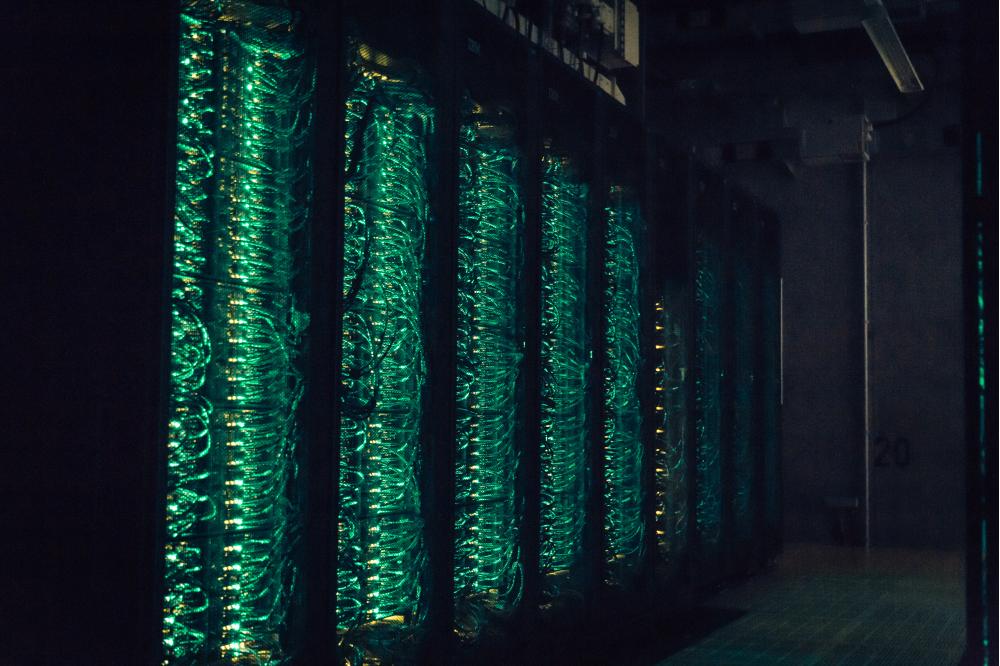NIR Excitation and Tunneling of Dihydroxycarbene
Introduction
While quantum-mechanical tunneling (QMT) was recognized early in the emerging field of quantum theory as an accelerating effect in chemical reactions,[1] its fundamental importance beyond kinetic and thermodynamic control for chemical reactions was demonstrated only recently.[2,3] As a means to an end, matrix isolation was utilized to generate, trap, and identify reactive intermediates that undergo spontaneous QMT.[4] In case of higher-energy conformers, selective excitation with near-infrared light (NIR) is suitable to prepare one desired conformer.[5–8] Such experiments provide insights into medium effects[9] and conformation dependent QMT.[10,11] In the project presented herein, we investigated dihydroxycarbene by experimental and computational means. Dihydroxycarbene is an activated isomer of formic acid,[12] that displays an intricate QMT process.
Methods
We use the matrix isolation technique combined with IR spectroscopy to characterize the three conformers of dihydroxycarbene (tt, ct, and cc; c = cis, t = trans), which are generated through pyrolysis of oxalic acid. The trapped conformers can be interconverted into each other by irradiating the matrix with an optical parametric oscillator at a given wavelength. Simultaneously, we compute the corresponding potential energy surface (PES) of this system at the coupled cluster level of theory. The computations are also crucial to compare experimental with predicted IR spectra and tunneling half-lives.
Results
Cis-cis-dihydroxycarbene (cc) was prepared for the first time in a nitrogen matrix at 3 K; this is the first cis-cis-hydroxycarbene observed to date. NIR excitation of tt induces the reaction tt → ct + cc, while excitation of ct yields tt and cc. The latter conformer then tunnels with a half-life of ca. 15 min back to ct. This value is in excellent agreement with our computations, that predicted a half-life of 18 min. Experiments in argon did not result in the formation of cc during NIR irradiation but only the conversion tt → ct and its backreaction were observed. Furthermore, we were able to correct earlier reported PES for this system significantly by applying a focal point scheme. At this level, the classical activation barrier for the interconversion cc → ct is 9.3 kcal mol−1 which is about 1.5 kcal mol−1 lower than predicted by computations at a lower level of theory. As QMT is very sensitive towards the barrier width and height, these computations increase our understanding about the reactivity of dihydroxycarbene enormously.
Discussion
Our experiments suggest that the half-life of cc is in argon is very small. It is somewhat surprising that our gas-phase computations seem to be more comparable to the results in N2 than in Ar. The NIR induced process for the dideuterated species has not yet been successful in either matrix material as the activation barrier lies above the excitation energy in this case. However, irradiation of a combination band of d2-tt at 5257 cm−1 (15.03 kcal mol−1) over 3 h resulted in a very small increase of d2-ct bands in argon. If this observation is due to vibrational activated tunneling,[13] the background radiation of the OPO (355 nm), or just an artifact of the difference spectrum, will be investigated in further experiments.
Outlook
In order to obtain experimental isotope shifts for cc and compare them to computed values, experiments on the monodeuterated isotopologues will be performed. We have already been able to compute the PES and tunneling half-lives for this system. In future studies the cis-trans-interconversions of other hydroxycarbenes will be investigated in order to get a deeper insight into tunneling processes of such reactive intermediates. We are continuing to exploit both experimental and computational methods for this purpose.




